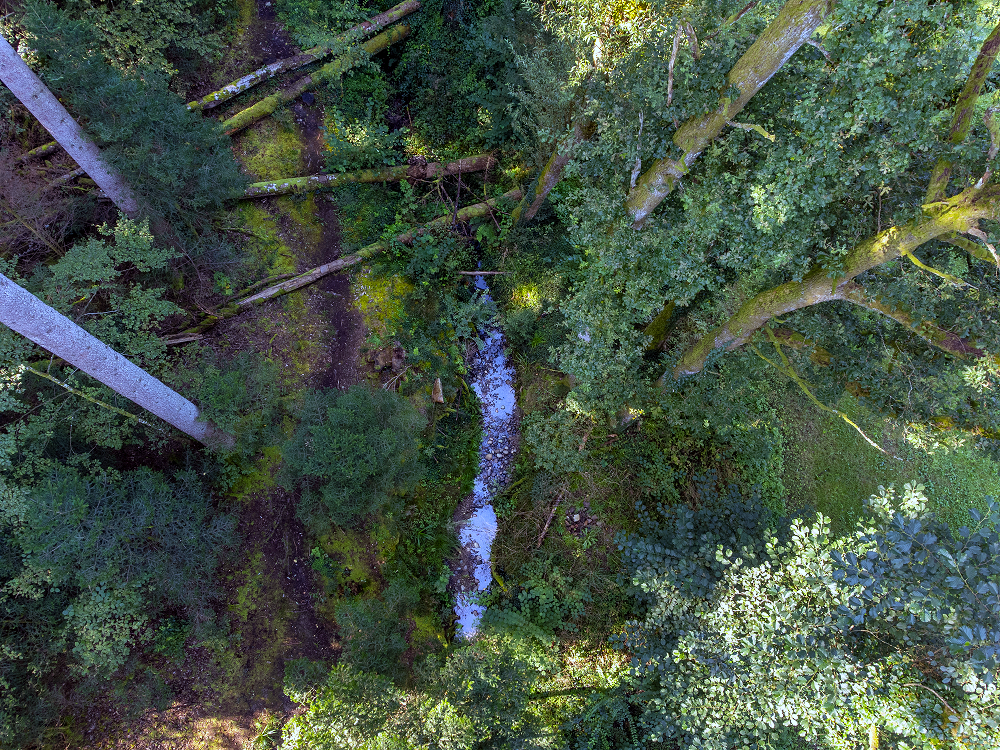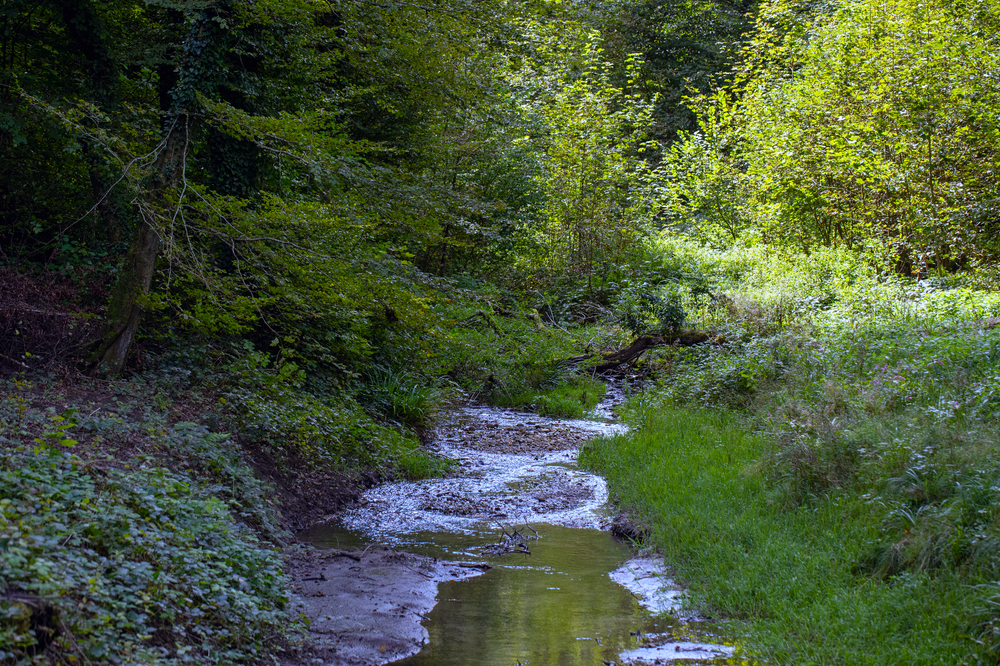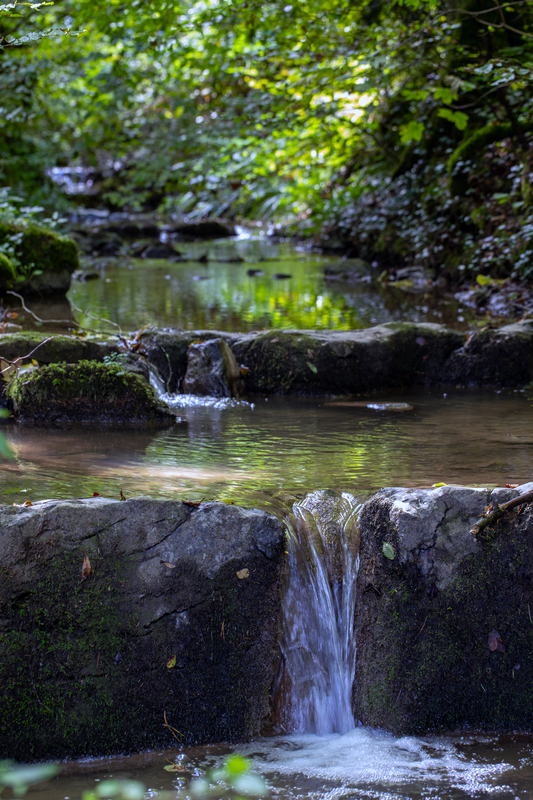Roggenhausenbach
- Label holder: Aarau Citizens’ Community
- Certification: 23 January 2025



The Roggenhausenbach, the hidden little pearl in Mittelland
Situated in Mittelland, the Roggenhausenbach runs through a densely populated area comprising Aarau, Eppenberg-Wöschnau, Gretzenbach, Unterentfelden, Oberentfelden and Schönenwerd. Despite its proximity to these settlements, the upper reaches of the stream and its immediate surroundings have an enchantingly wild character.
The Roggenhausenbach is a small, virtually inconspicuous stream near the town of Aarau, just 5 km in length from its source to where it joins the Aare. The 3 km-long certified section is located above the zoo and is mainly surrounded by woodland. Near Haselmatt there is a communal nature conservation area with extensive meadows and ponds set in lightly wooded terrain. The topmost part of the certified section includes an absolute biodiversity hotspot.
The stream follows a meandering and richly structured path through relatively uncultivated forest. There is a narrow strip of bird cherry and ash, which are rarely seen as woodland vegetation in Switzerland. At three locations there is a swamp, something which is found nowhere else in our forests. There are also numerous springs which form valuable habitats, some of them with calciferous deposits. The high proportion of deadwood in and around the water means a lot of small life forms can be found here.
Many protected plant and animal species, including three species of orchid, have been discovered around the Roggenhausenbach. The area is also home to the grass frog, common toad, alpine newt, fire salamander and common lizard, as well as wild boar, polecats and pine martens.
The Roggenhausenbach is also very interesting from a geological point of view, crossing a variety of rocks and other formations over its short distance. It starts in glacial sediments, continuing across sandstone formations and plunging over hard limestone layers of Jurassic rock. A variety of rock types and sizes can also be found in the channel itself.